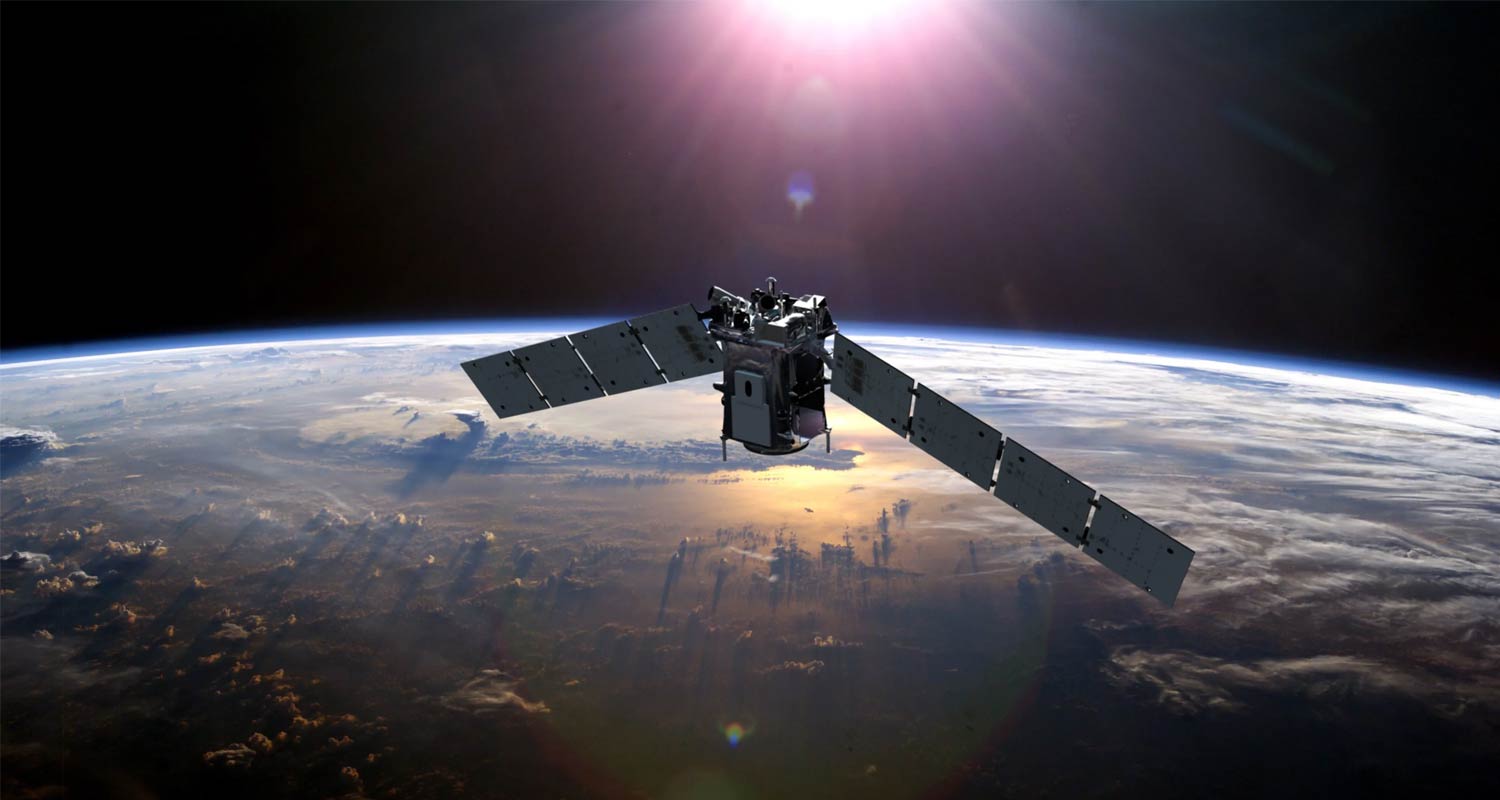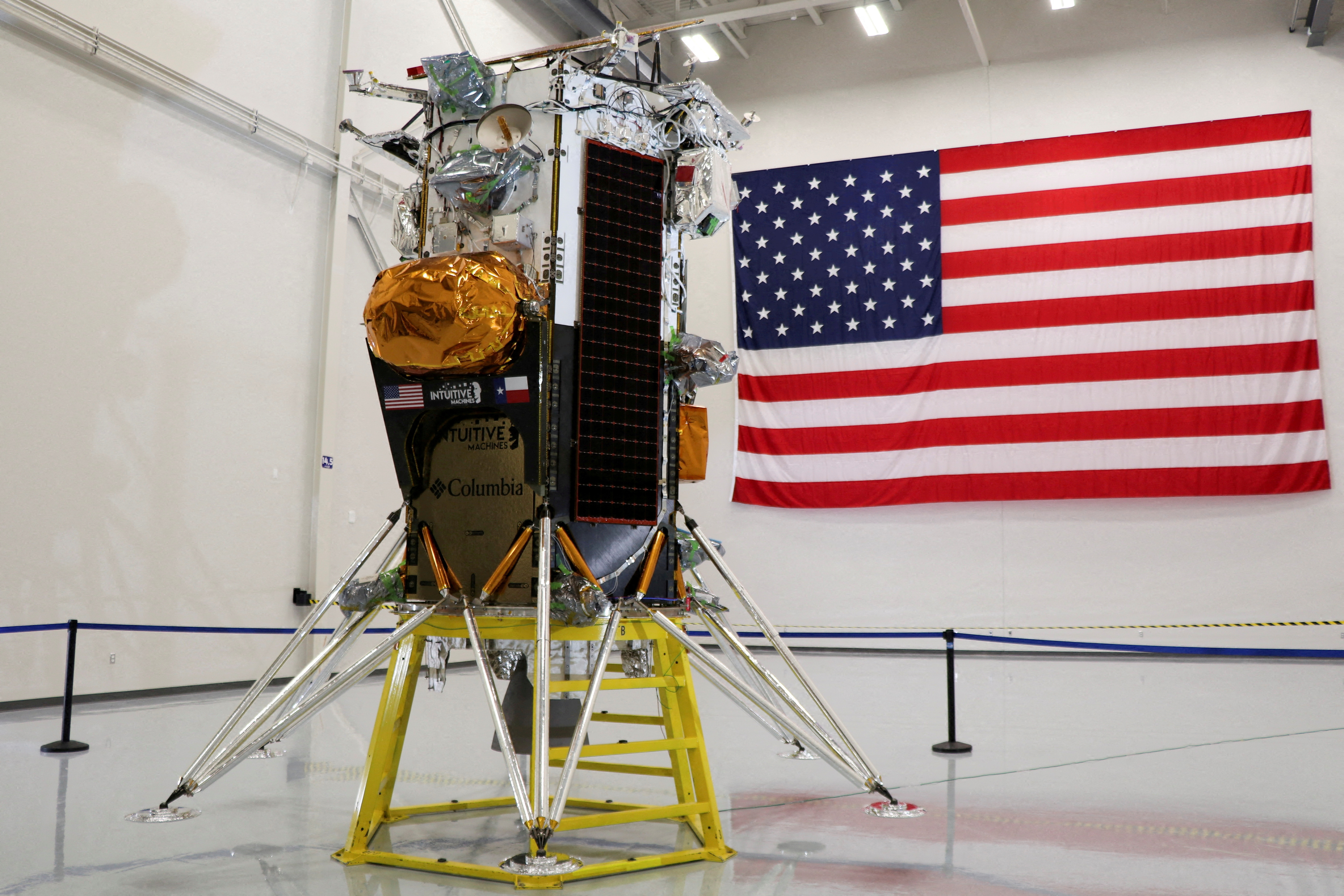The U.S. Department of Defense has intensified its surveillance efforts following a close encounter between NASA’s Thermosphere Ionosphere Mesosphere Energetics and Dynamics Mission (TIMED) spacecraft and the Russian Cosmos 2221 satellite, as revealed in a recent blog post by NASA. While the likelihood of a collision is low, the potential consequences of such an event, including the generation of significant debris, necessitate ongoing monitoring and precautionary measures.

Close Pass and Potential Risks
Scheduled for approximately 1:30 am EST (0630 GMT) on Feb. 28, the closest approach between the two satellites is anticipated to occur at an altitude of approximately 373 miles (600 km). Despite assurances that the spacecraft is projected to miss each other, the inherent risks associated with orbital dynamics underscore the importance of vigilance and coordination between relevant agencies. The statement issued by NASA refrains from specifying the exact proximity of the impending pass.
Mission Objectives and Scientific Endeavors
The TIMED spacecraft, a critical component of NASA’s scientific research initiatives, is dedicated to investigating the intricate interplay between the Sun’s influence and human activities on the Earth’s mesosphere, lower thermosphere, and ionosphere. By meticulously studying these atmospheric layers, TIMED contributes invaluable insights into fundamental processes shaping our planet’s climate and environmental dynamics. However, its mission faces a momentary disruption as it navigates the potential hazard posed by the close presence of the Russian satellite.
Key Takeaways from the Incident
As the TIMED spacecraft and the Russian Cosmos 2221 satellite navigate their orbital paths, the collaborative efforts of NASA and the U.S. Department of Defense remain steadfast in safeguarding the integrity of space missions and minimizing the risk of collision-induced debris.

While the current situation underscores the complexities of space operations and the need for meticulous planning and monitoring, it also highlights the profound scientific endeavors aimed at unraveling the mysteries of our planet’s atmosphere. With continued vigilance and strategic coordination, the scientific community can navigate potential challenges and continue pushing the boundaries of space exploration for the betterment of humanity.